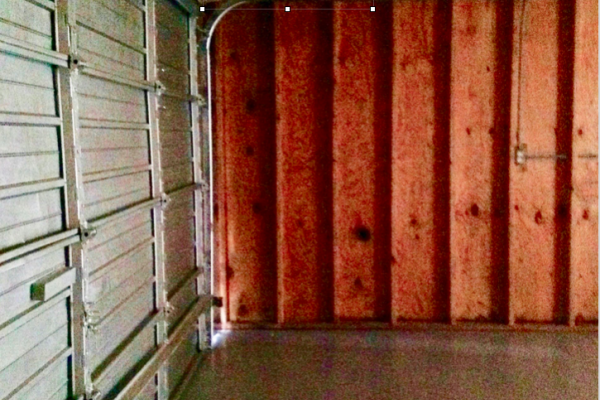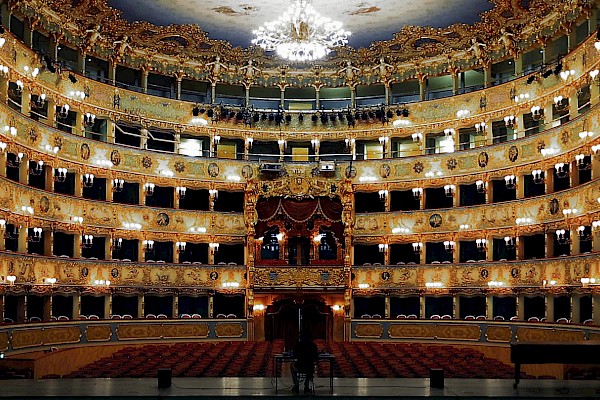Ben Hooker and Ekene Ijeoma, in conversation with Olive Ouyang and Cat Bluemke, moderated by Ann Lui.
In 1996 in response to the Telecommunications Act of the same year, John Perry Barlow, a founder of the Electronic Frontier Foundation, wrote “A Declaration of the Independence of Cyberspace,” challenging the influence of national governments on the autonomy of the newborn Internet. “Your legal concept of property, expression, identity, movement, and context do not apply to us. They are all based on matter, and there is no matter here,” he wrote. Early dreams of the Internet comprised a seemingly boundless optimism for the possibilities of computing to engender new societal freedoms and unbind us from the strictures and politics of belonging in specific territories, economies, or even our own bodies.
Today, these early dreams register as naive against the backdrop of—on one hand—the resurgent focus on national borders, violent manifestations of prejudice, and cities segregated by class and race, in short, matters emerging from the very real “matter” of places and bodies—and on the other hand, of the complicity of the internet and digital tools in governance and control. “We all get older and smarter,” reflected Barlow in 2004.
“Clear Your History” is a panel featuring Ben Hooker and Ekene Ijeoma, both designers and artists, working respectively in interactive media in urban contexts and the social political sphere. If the Chicago Architecture Biennial’s theme “Make New History” focuses work by “architects [with] a renewed interest in precedents of architecture [...] always from within an architectural tradition,” Hooker and Ijeoma both supercede these disciplinary concerns by looking more broadly at contemporary lived experience at the scale of the built environment—from the archipelagos of poverty and wealth in New York to the relationship between consumer logistics and our understanding of geography.
“Clear Your History” can be understood in two ways. First, it looks at the ways one’s “history” can read in the (im)permanence of the digital palimpsest in the city: the way our actions are rendered and regulated through data, interfaces, novel modes of measurement, and computational environments. Second, it invokes the urgent need to render visible specific “histories”—which often erases peoples and stories, such as exploited workers, refugee migrations, and people of color—through tactical acts of participation and design. How can architects and designers start to engage these topics, moving away from two-dimensional representation of disciplinary and formal concerns, to more complex understandings and interventions in deeply enmeshed socio-technical systems within the city?
For more information click here.





